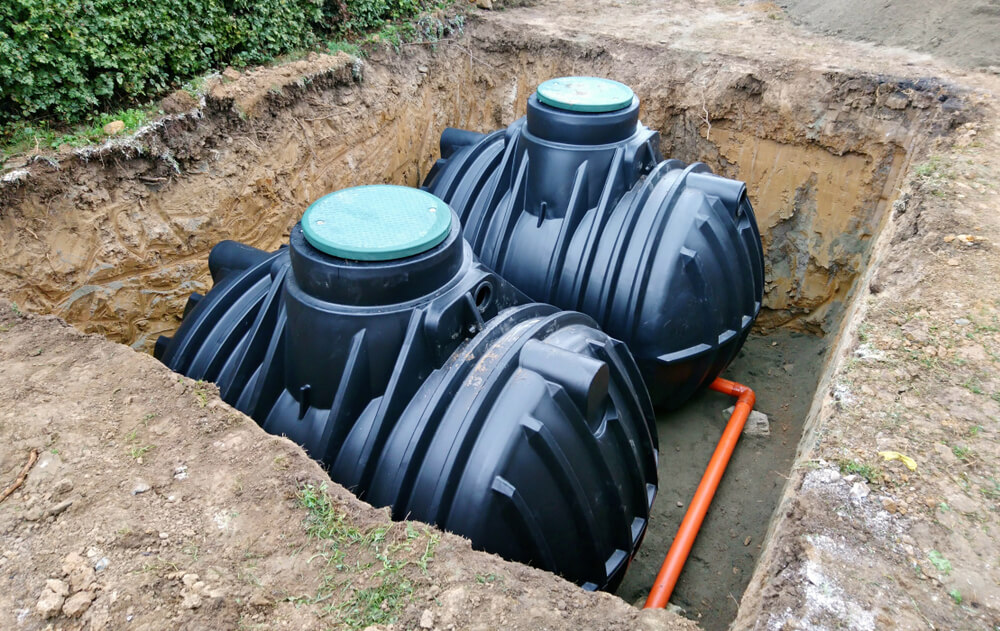Blog
Are septic tanks environmentally friendly? Yes, if they are maintained properly
If you do not maintain septic tanks, there is a risk of contamination of groundwater and surface water.

Slovakia, the home country of Hydrotech, is a country full of family houses. Yet not every one of them is connected to the public sewerage system. Many of them have their own septic tanks and these require proper maintenance.
Hydrotech mainly focuses on wastewater treatment in WWTPs for large companies or entire municipalities.
However, this does not mean that we do not care about water treatment in smaller volumes. That's why we'll advise you on how to take good care of your septic tank and how to make it as environmentally friendly as possible.

Let's start with the key difference between a classic cesspit and a modern septic tank. A cesspit only stores wastewater, while a septic tank also provides treatment.
Both of them need to be emptied regularly, with the water discharged into the soil or the sewerage system.

Environmental problems
It may not seem like it but cesspools and septic tanks can also have a negative environmental impact. Especially when we consider how many of them are used in Slovakia.
If they are not properly maintained, both groundwater and surface water can be contaminated. They are a haven for various bacteria and pathogens, which can grow rapidly in unmaintained septic tanks.
There are also ongoing processes that produce gases or aqueous sludge. These can be hazardous to nature, not to mention that many households throw objects down the drain that do not belong there and are not biodegradable.
When discharged or pumped out, these objects then enter the water cycle and cause pollution.
So how to maintain sewage tanks in good condition?

Schematic working principle of a septic tank
Suitable bacteria
Bacteria are used to speed up processes in a septic tank or cesspool. These can be obtained as tablets or powder.
Experts recommend using enzymatic bacteria that break down as much biological material as possible and reduce odour.
Regular removal
Even if you don't happen to overflow your cesspit or septic tank, regular removal of wastewater is important for proper circulation of the sewage system.
The cesspool should be emptied approximately once a month and the septic tank once a year. However, the interval depends on the number of occupants and the size of the receptacle or drainage system for the disposal of excess water.
Avoid non-biodegradable waste
In general, it is not appropriate for any sewage system to flush or dump any plastics, wet wipes, ear sticks, used condoms, diapers and other similar things. Not only can these things clog your pipes, but they won't even decompose in the tank.
Anything made of plastic or fabric should therefore be disposed of in the designated bins. Hair, nails or body hair can also cause problems, especially in large quantities.

It is also not advisable to flush antibacterial soaps or other detergents that can disrupt biological processes in the tank.
Especially in this pandemic, many of us have learned to make use of various antibacterial products. If you use them, you should regularly replenish the bacteria in your septic tank or cesspool.
Healthy septic tank - healthy sewage system
Obviously, the best scenario is when you are connected to a fully operational sewage system that leads to a proper wastewater treatment plant, such as those built by Hydrotech.
Except that's not always an option. That's why it's better to keep your home tanks in good condition.
It's greener and it's also better for your home's sewage system. You'll avoid unnecessary problems and save money on repairs.
More articles
Wastewater from ammunition production
One of our current customers is interesting because they produce ammunition. No industrial wastewater is produced directly in the production, but...
